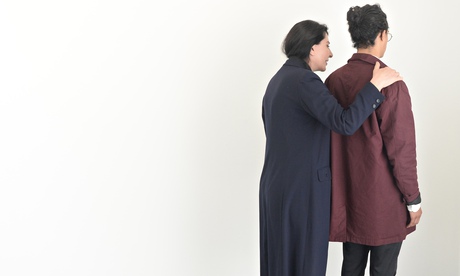At last night’s conference with Shyama Ramani and Francois Bourguignon the urgency of the event’s title was echoed consistently. This talk was held as part of the lead up to this year’s climate change conference in Paris and the panel who were discussing the topic were economists as opposed to climate change experts.
It is the poorest people of the developing world that will feel the effects as climate change continues to make its mark on the planet. According to Ramani, 98% of people affected by climate change are in the developing world currently. We can take a closer look at these figures if we examine the Climate Change Vulnerability Index.
Whilst Ramani, an Indian economist who has established her own NGO which addresses issues of sanitation among other things in her country, evoked personal accounts and lived realities, Bourguignon, former chief economist of the World Bank, drew the audience’s attention to predictably a more economic and rigid way of discussing the topic. Bourguignon went into detail of the asymmetrical effects of climate change, which acts as an exogenous shock on poverty, distribution and aggregate income. Bourguignon made predictions of how climate change would exacerbate pre-existing inequalities; in reality he admits that the degree of vulnerability is unknown but that the ultimate solution will inevitably come from dynamic redistributions.
Both speakers balanced each other out nicely and raise some interesting economic points, however I was most struck by the words of Ramani, perhaps because of my own personal interest in India. Moreover, Ramani immediately pointed out the painful paradox that we were enjoying this conference in a luxurious meeting room of Paris, surrounded by endless champagne, salmon and mini éclairs (to name an extremely small example of the unbelievably vast selection of food and drinks options).
Ramani explained that in India, the issue of climate is particularly pressing in three main ways:
1) Monsoon dependence
2) Coastal settlements
3) Melting Himalayan glaciers
Ramani explained that in India, the issue of climate is particularly pressing in three main ways:
1) Monsoon dependence
2) Coastal settlements
3) Melting Himalayan glaciers
But alongside these changes, there is further added stresses which complicate how the country can deal with these problems. These include:
1) Migration and adaptation
2) Getting programs and projects to continue despite changing political powers
3) Implementing schemes on enormous and diverse scales
4) Co-ordination between various actors (Urban planning and environment ministries barely talk to each other, so how can we envisage progress?).
1) Migration and adaptation
2) Getting programs and projects to continue despite changing political powers
3) Implementing schemes on enormous and diverse scales
4) Co-ordination between various actors (Urban planning and environment ministries barely talk to each other, so how can we envisage progress?).
Ramani insists that we cannot wait for global governance, and I completely agree. Not only is it an idealistic ambition, it is also a void and meaningless phrase. Persuasively, she explains how easy it is to sell consumer goods, like coca cola, even in the most isolated settings, however we are failing to make policies and schemes work because of our obsession with jargon and snobbish-ness. Grudgingly, it seems as though we have stuff to learn from capitalism.
Ramani ended the conference with a well known economic joke - A physicist, a chemist and an economist are stranded on a boat, with nothing to eat but a can of beans. The physicist says, “Let me use my glasses to transfer the sun’s energy and heat to melt open the can”. The chemist says, “Let’s combine some liquids so that we have a potion which will be able to open the tin”. Whereas the economist says, “Lets assume that we have a can-opener, now how will we divide these beans equally and fairly”…
This joke is really pertinent for our discussions of climate change and economics. We don’t yet know the realities of climate change and how exactly it will impact on communities and individuals. There’s no harm in making predictions, but we must focus on decreasing its effects and its immediacy before we can make assumptions and policies based on its economic consequences in the next 100 years.
This joke is really pertinent for our discussions of climate change and economics. We don’t yet know the realities of climate change and how exactly it will impact on communities and individuals. There’s no harm in making predictions, but we must focus on decreasing its effects and its immediacy before we can make assumptions and policies based on its economic consequences in the next 100 years.









